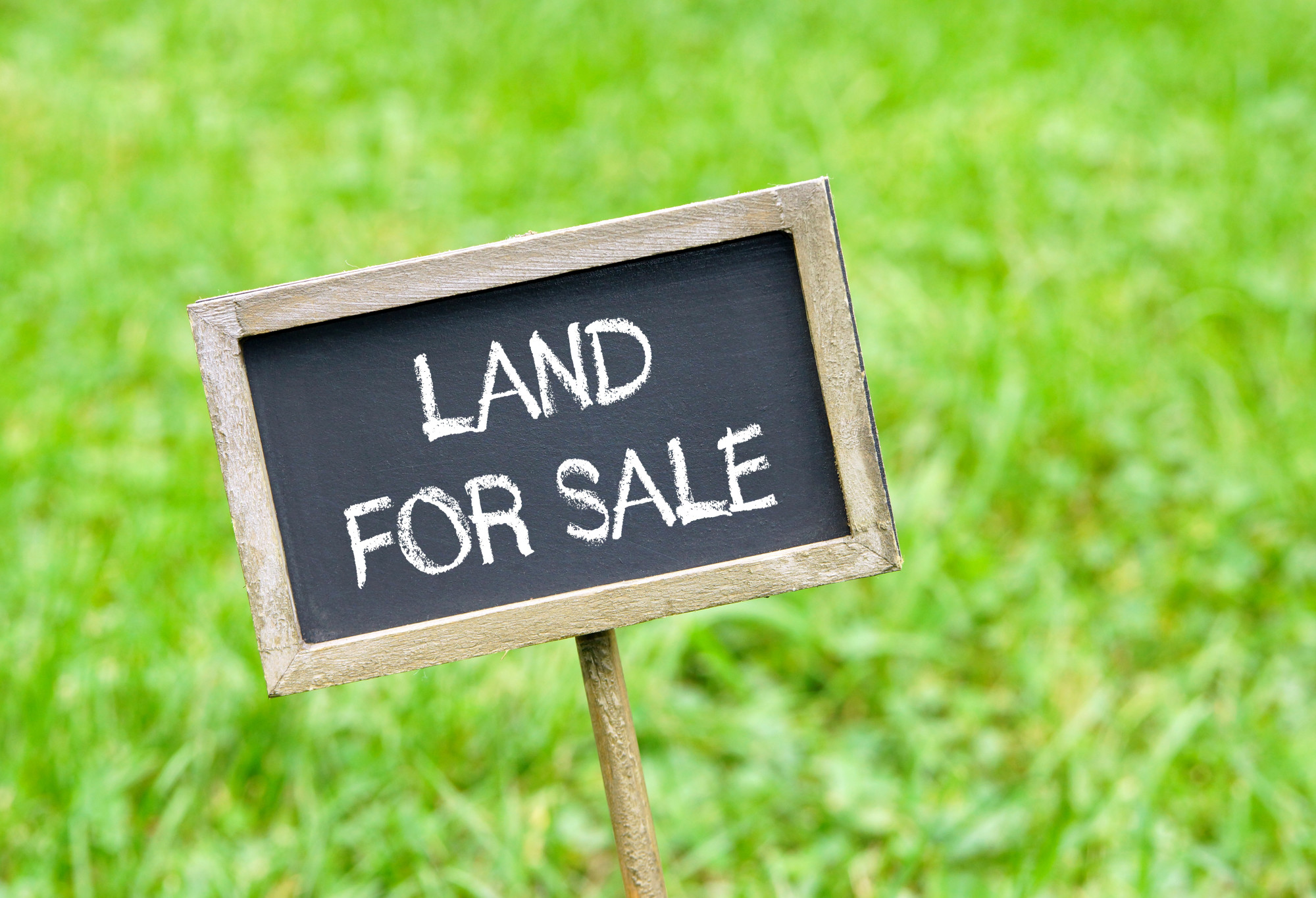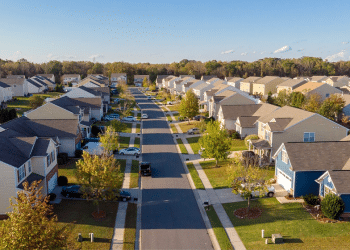Are you trying to gather all the necessary information before you buy some land and build a home?
Well, that’s a good start. So let us help you with that.

In this article, we will cover 10 important things you need to know when buying land and building a home.
Keep reading to learn more.
1. Zoning Regulation
Before you even set out to buy a piece of land, make sure to investigate and figure out the zoning regulations for the surrounding area, and the property itself.
Each local council has strict rules, which cover what a piece of land can be used for, whether it be commercial, industrial, or residential. If your neighboring land cant turns into a factory in 5 years, it might not be a great idea to build your secluded getaway there.
Also, make sure that there are no highways buildings in the process, and they are not being planned. And any other infrastructure through the land and nearby area is a good thing to look out for.
2. Water
Secluded land comes with limited options. Are you aware of how the property can be connected to a source of water? Are there any restrictions on water use?
Water is the most essential of utilities, therefore you need to know your responsibilities before the local area, and the options for self. For instance, the area might have an initiative that approaches new landowners to complement their water-saving measures, in order to reduce the city water usage.
So water tanks are a good option, but if you are located near a river, dam or creek, those things will play a large role in the appeal of that property.
3. The Climate
The weather trends are constantly shifting, and that piece of land you’ve been looking at for the past 20 years is most likely to be different.
And climate really does affect the quality of life and the building approach for your new home. For instance, it might affect:
- Insulation
- Plant growth
- Extreme weather condition
- Kit home limitations
- Health conditions
- Energy usage
It can be hard to know the exact climate of a location, but having a general idea of the weather in the local area can help you in making a decision.
4. Land Quality
The quality of the land (soil) itself, and its relative composition will have an effect on how you build your home, and whether or not you can have a sustainable garden on the property itself.
Soil quality can affect landscape labor, the cost of foundation building, land retention, and stability over time.
So before you buy the land, contact a certified landscape engineer to test your soil, before you start your project. Or just ask the council – “What is a title report?”, and they should be able to provide you with one.
5. Utilities
Knowing where you can get your water, electrical, and gas is a good place to start. But knowing how much they will charge you, and do they have competition takes you a step further.
The rates that you get will depend on the location of your home, so make sure that the information is accurate, and that you can access it all times.
Call them via phone, send them an email, ask the locals. Get quotes, and figure out what your approach will be if you decide to start building.
6. Nature’s Bounty
The location of trees on your land will have a role in your decision to close that deal on the land. Nature’s bounty is probably of the reasons you are pulled to buying the piece of land, but it can also be risky in the location of extreme weather.
Falling trees and branches, burning bush, and much more. Tree removal is not easy, and not very affordable. And if you remove preserved nature, you might get fined.
For all pertinent information, speak to the local council and ask them about restrictions.
7. Fire/Flood Safety
Depending on the location of your property, it might be at risk for flooding and fire. These are real dangers, so don’t neglect them.
The local council should have access to information relating to flood zones, but can also connect you with a geoscience initiative to go over fire safety.
And this information should be kept up-to-date because of the risk that is constantly changing due to global weather changes.
8. Facing What?
When designing your home, you might think of orientation as an important factor. And you’re absolutely right.
By placing your home in correspondence with a certain navigation aspect, you welcome changes to your living style. For instance, a north-facing home will have sunlight all throughout, but at a minimized quantity to prevent overheating.
But that’s not all. Orientation plays a part in figuring out the directive of your home, in relation to roads, driveways, easements, and other structures.
Think about the future, you don’t want a view that will end up directly looking into the fence of your new neighbor.
9. Land Incline
If your land is located on an incline, it will affect:
- The building cost
- The side-effects of weather on soil
- Water runoff
- Orientation and home design
A steep incline comes with benefits, such as aesthetic views, but it does come with the drawbacks of increased attention from the four points above.
10. Your Dream Home
The property should complement the home that you want to build, not the other way around. Your home has to accommodate your style of life, therefore it’s important to think about the home first, and pick out the land afterward.
A dream home comes with a matching dreamland.
Buying Land and Building a Home Is Not Easy
As you can see, it’s not just buying and building. It’s much more than that. And if you don’t consider the information above, you neglect the entire journey of the process.
Make sure that you cover all of the bases, and only then will you enjoy your home in full comfort, free of worry that something might go wrong.
Your Home, Your Rules
In any case, now that you know the process behind buying land and building a home, you are well on your way to doing it on your own terms.
If you’re interested in similar articles, check out the rest of our blog.







